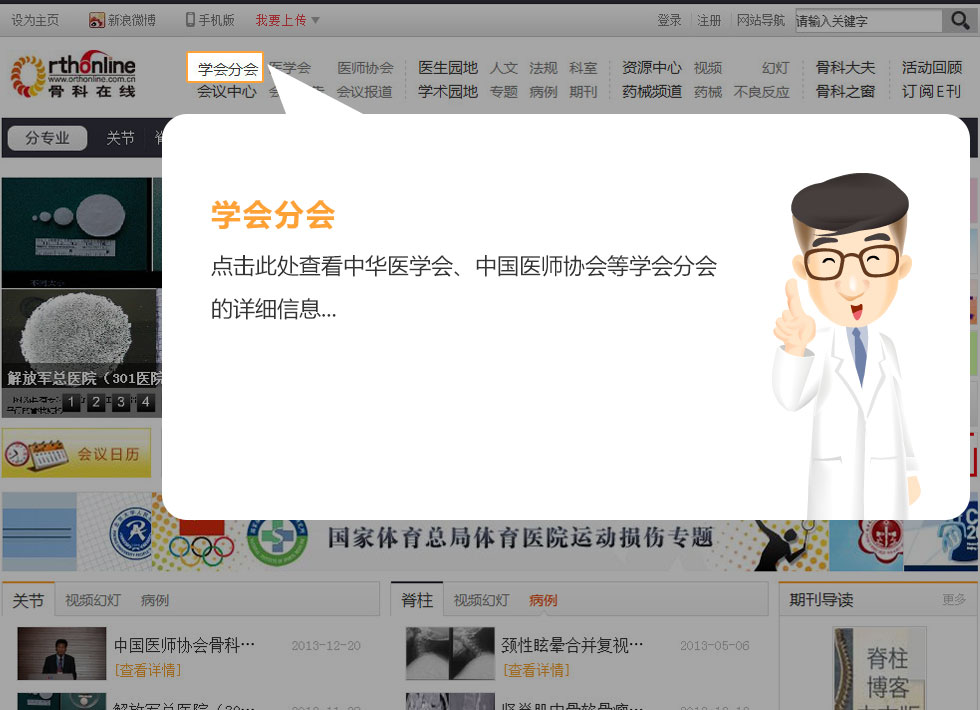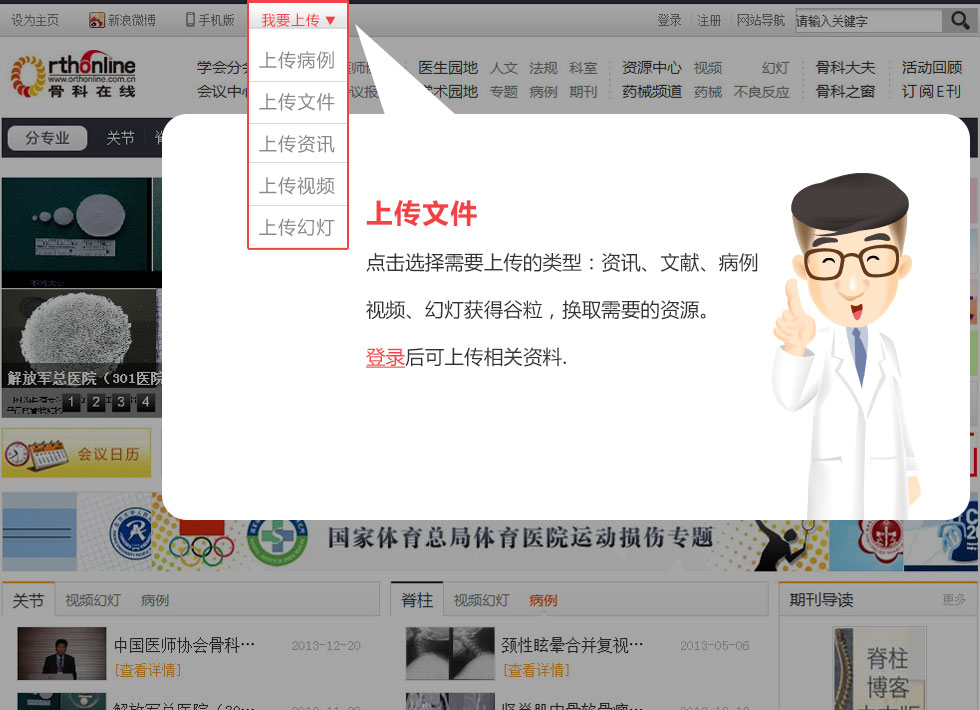The Effect of Focused Instruction on Orthopaedic Surgery Residents’ Ability to Objectively Measure Intracompartmental Pressures in a Compartment Syndrome Model
第一作者:Michael R. Morris
2014-12-08 我要说
Michael R. Morris,Benjamin L. Harper,Scott Hetzel,Michael Shaheen,Alan Davis
Blaise Nemeth,Matthew A. Halanski
Acute compartment syndrome is a condition characterized by an increase in intracompartmental pressure within a closed fascial space, leading to muscle ischemia and tissue death if treatment is delayed. The medicolegal and economic impacts of compartment syndrome have been documented. Diagnosis of compartment syndrome can be difficult in children and in obtunded or unreliable patients. Use of an intracompartmental pressure measuring device, such as the Stryker Intra-Compartmental Pressure Monitor System (Stryker, Kalamazoo, Michigan), provides valuable information in such cases. This system has been shown to be highly accurate in the laboratory setting, but, from personal clinical experience, we hypothesized that the results might be inconsistent if residents used improper techniques.
Often, resident physicians are the first clinical staff to evaluate cases of suspected compartment syndrome. Prior to this study, residents at our institution used the Stryker device to document compartment pressures, but no formal assessment of their proficiency with the device existed. Thus, we set out to determine our residents’ ability to use the device correctly (by measuring the number of technical errors they committed with the device’s use) and to document whether technical errors contributed to pressure measurement errors. Furthermore, we wanted to know whether a formal didactic presentation on the device’s proper use would decrease technical errors and would improve accuracy of pressure measurements. Our hypothesis was that, prior to formal training, residents would demonstrate more technical errors using the device at baseline than after teaching and that the number of technical errors would correlate with pressure measurement errors. As the device requires rather simple technical skills, we hypothesized that improvements would be maintained at a later, nine-month, follow-up





 京公网安备11010502051256号
京公网安备11010502051256号